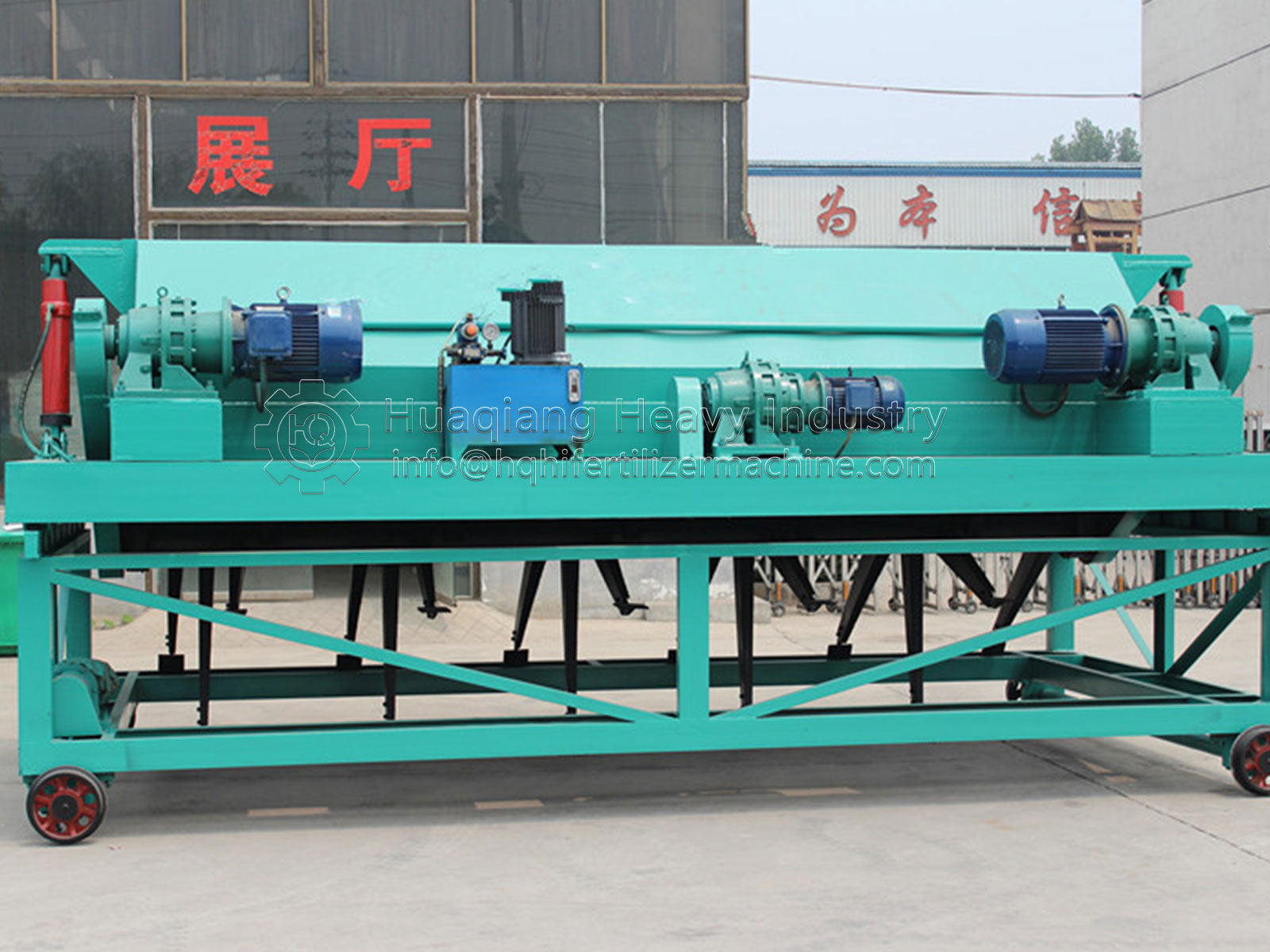The price of pig manure organic fertilizer production line is mainly based on the output selected by the customer. The price varies depending on the equipment configuration. We will design a suitable organic fertilizer production and processing production line according to the customer’s needs in detail. We can also make appropriate plans based on the investment budget. The prices of organic fertilizer production and processing production lines with different output levels also vary. It is recommended that customers consider the amount of organic fertilizer production they want to invest in before making further inquiries, and then inform the manufacturer of the raw materials used for processing and production. This will provide an approximate price range for everyone, and then choose the appropriate equipment configuration for the organic fertilizer production line based on the expected investment.
The pig manure organic fertilizer production lines has a wide range of raw materials, including various animal and poultry manure, chicken manure, sheep manure, cow manure, humic acid, straw, sludge, and kitchen waste. These raw materials can be made into organic fertilizers by adding a certain proportion of biological bacteria. And these raw materials are garbage for the general public, so the acquisition cost is low. And we process these “garbage” into organic, green, and ecological organic fertilizers. The profit is very large.
The prospects for the organic fertilizer industry brought by pig manure organic fertilizer production lines are very promising, especially in recent years. With people’s attention to food safety, more and more sectors of society have higher expectations for organic food, ecological agriculture, sustainable development agriculture, and green ecological breeding.




.jpg)
.jpg)


.jpg)